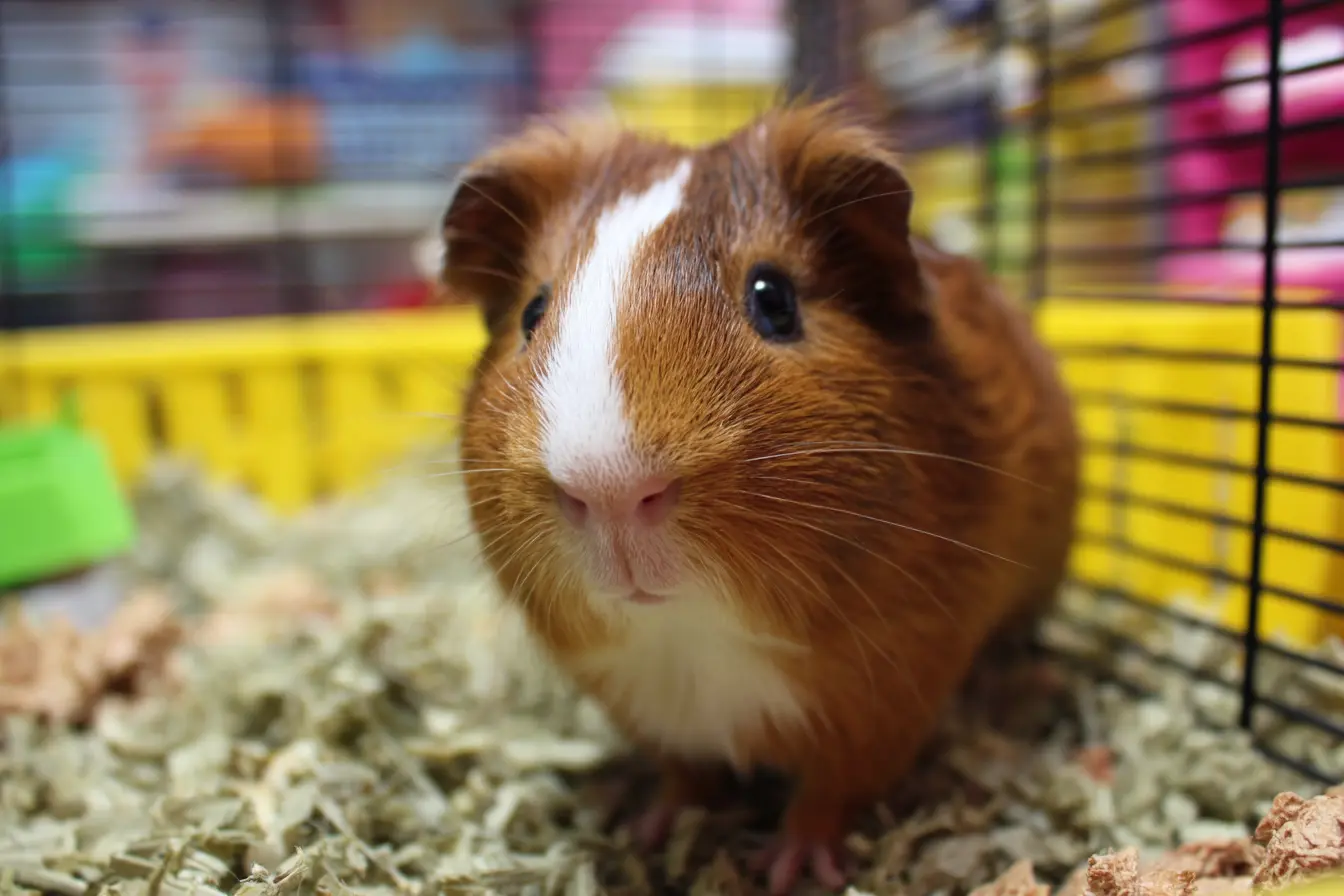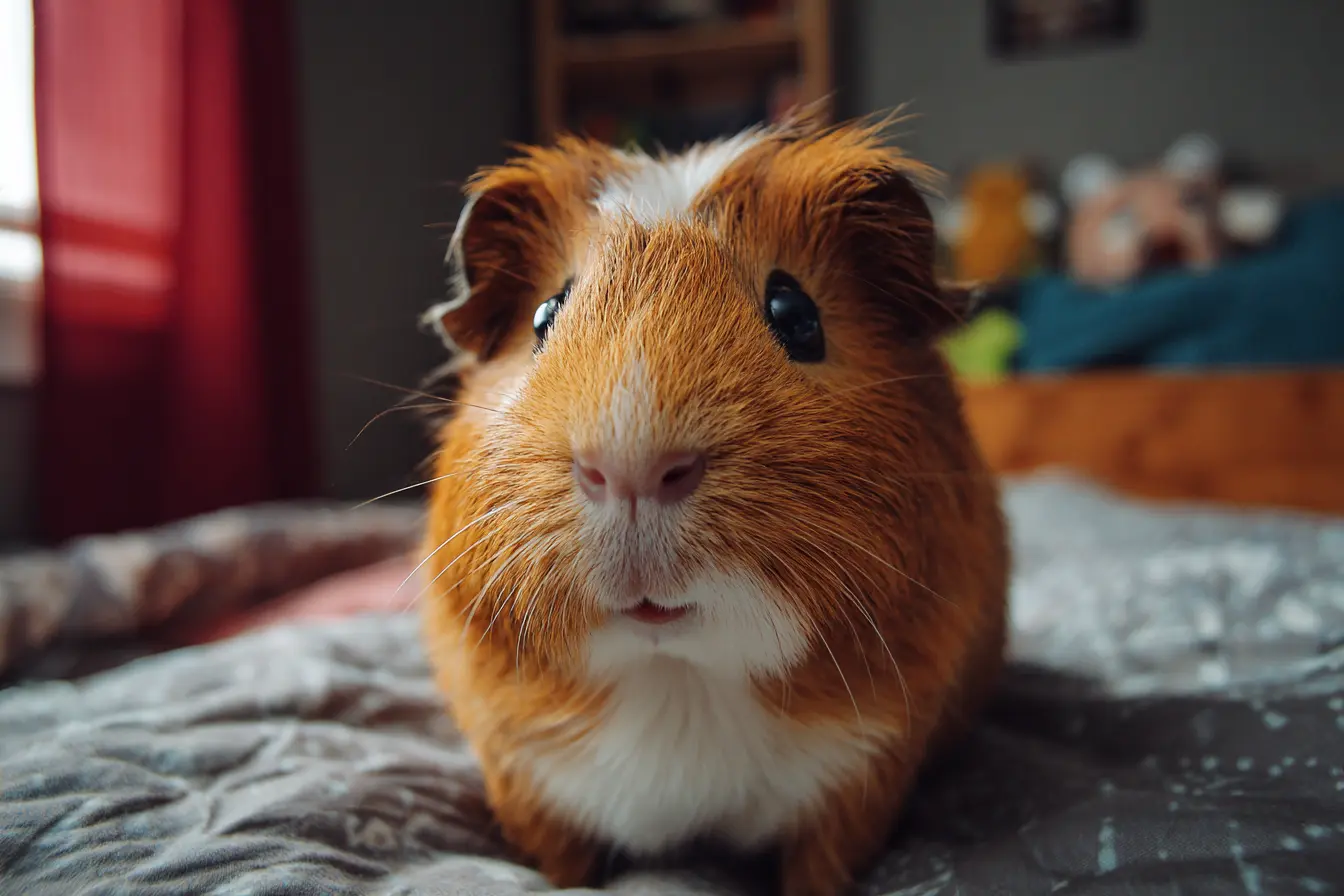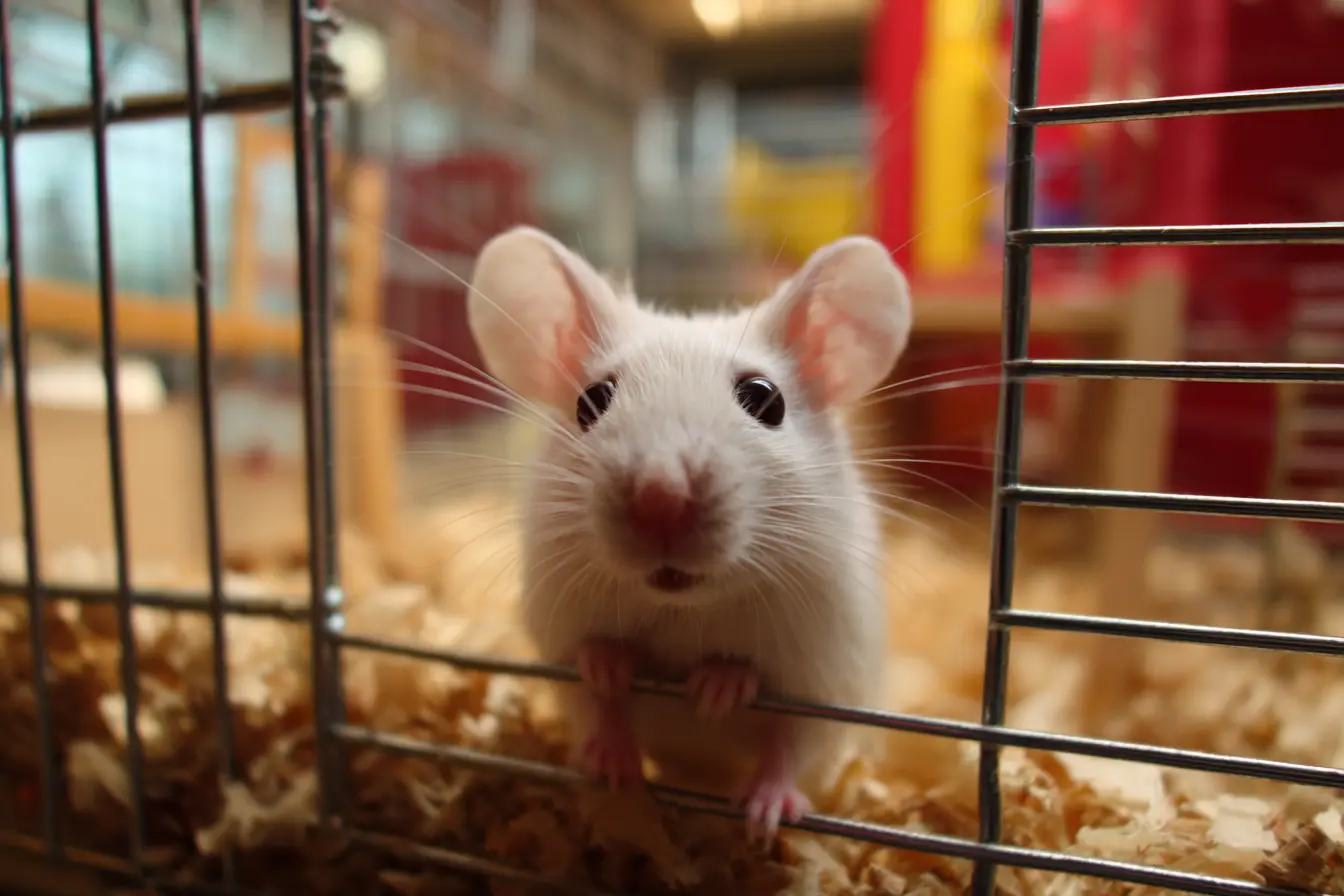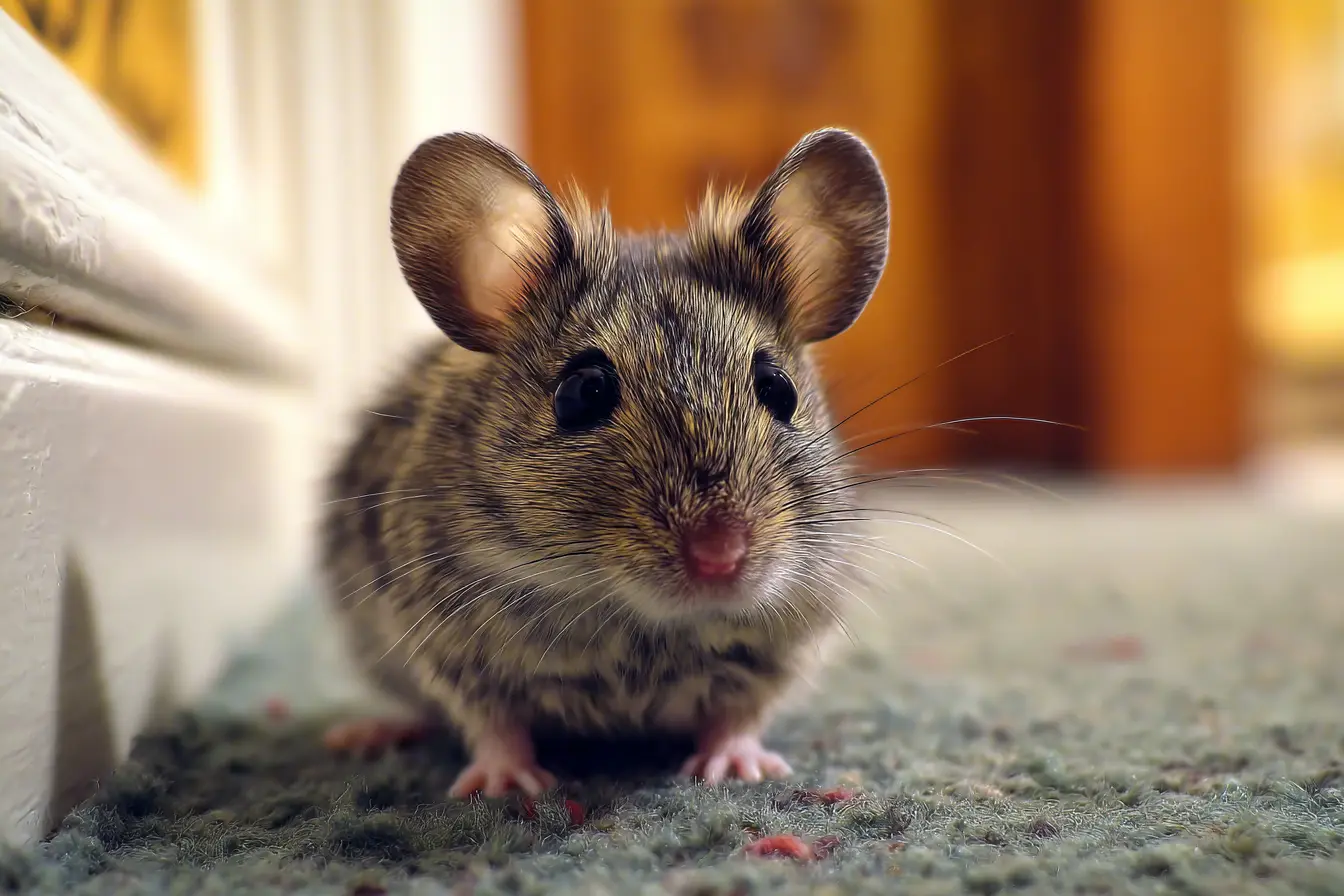
Choosing the Right Cage for Pet Guinea Pigs
Guinea pigs are gentle, sociable animals that thrive when given the right environment. The cage you choose plays a crucial role in their physical health, mental wellbeing, and overall happiness. Unlike smaller rodents, guinea pigs do not climb or jump much, so they need ample floor space rather than vertical room. This guide covers everything you need to consider when choosing the ideal cage for your guinea pigs.
Understanding Guinea Pig Behaviour
Guinea pigs are ground-dwelling animals that enjoy running, grazing, hiding, and interacting with their companions. They are naturally social and should always be housed in pairs or groups of the same sex unless neutered. Providing a spacious and secure enclosure is key to allowing them to express these behaviours.
They are also quite vocal and alert, so placing their cage in a quiet but socially active part of your home allows for interaction without stress.
Size and Space Requirements
One of the most common mistakes in guinea pig care is underestimating how much space they need. Cages marketed for guinea pigs are often far too small. As a guideline:
- A pair of guinea pigs needs a minimum of 120 x 60 cm of floor space
- Larger groups require significantly more room
- More space is always better and will help prevent behavioural issues
Unlike rats or mice, guinea pigs do not use vertical levels, so the cage must prioritise horizontal space. Long, open areas allow them to run, explore, and engage in natural behaviour like popcorning (joyful jumps and hops).
Open-Top and Modular Cages
C&C cages (cubes and coroplast) are among the best housing options for guinea pigs. They are modular, easy to clean, and allow for full customisation. The open-top design improves ventilation and allows better interaction, although a lid may be needed if you have other pets or young children.
Store-bought cages are usually too small but can be used if they meet or exceed the minimum space requirements. Always measure and assess carefully rather than relying on labels.
Avoid cages with high levels or steep ramps, as guinea pigs are poor climbers and can injure themselves on unsafe structures.
Flooring and Substrate
Guinea pigs have delicate feet and should never be housed on wire flooring. The base of the cage should be solid and non-slip.
Choose a substrate that is:
- Soft and absorbent
- Low in dust
- Safe if ingested
Suitable bedding options include:
- Paper-based bedding
- Kiln-dried aspen
- Fleece liners with absorbent underlayers
Avoid cedar and pine shavings unless they are kiln-dried, as the aromatic oils can cause respiratory and skin problems.
Spot-clean wet areas daily and change bedding at least once a week, more often for fleece setups.
Ventilation and Cage Material
Good airflow is essential for keeping your guinea pigs healthy. Enclosures should not be enclosed like glass tanks, which trap heat and moisture. Choose cages with open tops or well-ventilated sides.
Materials should be chew-safe and durable. Guinea pigs are not as destructive as some rodents but still enjoy nibbling. Coroplast (corrugated plastic) used in C&C cages is popular due to its safety, flexibility, and ease of cleaning.
Hides and Enrichment
Guinea pigs are prey animals and require constant access to hiding places to feel secure. Each pig should have its own hide, such as a wooden house, tunnel, or fleece hut.
Additional enrichment should include:
- Tunnels and tubes
- Hay racks or hay piles for foraging
- Chew toys made of safe wood or cardboard
- Low platforms for gentle exploring
Rotate toys and tunnels periodically to keep the environment interesting and stimulating.
Accessibility and Cleaning
Choose a cage with easy access for cleaning and handling. Top-opening cages or open-front designs make daily maintenance easier. Fleece bedding systems require regular washing, while disposable bedding needs to be topped up and fully replaced regularly.
Ensure water bottles, hay racks, and feeding bowls are easily accessible and kept clean. Guinea pigs need constant access to hay, fresh vegetables, and clean water.
Indoor vs Outdoor Housing
Guinea pigs can live both indoors and outdoors, but outdoor housing requires extra care. If kept outdoors:
- The hutch must be predator-proof and weatherproof
- It must be lifted off the ground with proper insulation
- Shade and ventilation are essential in summer, and warmth in winter
Indoor cages offer more control over temperature and safety. Many owners choose to house their guinea pigs indoors year-round for ease of monitoring and daily interaction.
Location in the Home
Place the cage in a quiet but sociable area of the home. Avoid direct sunlight, draughts, or humid rooms like kitchens and bathrooms. The room should maintain a stable temperature between 18–24°C.
Guinea pigs do best when they are part of family life but not overwhelmed by loud noises or constant activity.
Social Housing Considerations
Guinea pigs are highly social and should not live alone. Same-sex pairs or groups are ideal, although introducing new guinea pigs must be done carefully. Ensure your cage is large enough to accommodate multiple pigs without crowding.
Provide separate sleeping areas and multiple food and water stations to prevent competition or bullying.
Summary
A good guinea pig cage provides plenty of horizontal space, safe flooring, and constant access to hides and enrichment. It should be well-ventilated, easy to clean, and suited to housing at least a pair. With the right setup, your guinea pigs will thrive.
Contents
Tags
Vets near you
Speciality vets
- Aquatics vet specialists
- Birds vet specialists
- Camelids vet specialists
- Cats vet specialists
- Cattle vet specialists
- Deer vet specialists
- Dogs vet specialists
- Equines vet specialists
- Exotic vet specialists
- Goats vet specialists
- Pigs vet specialists
- Poultry vet specialists
- Sheep vet specialists
- Small Mammals vet specialists
- Wild vet specialists



